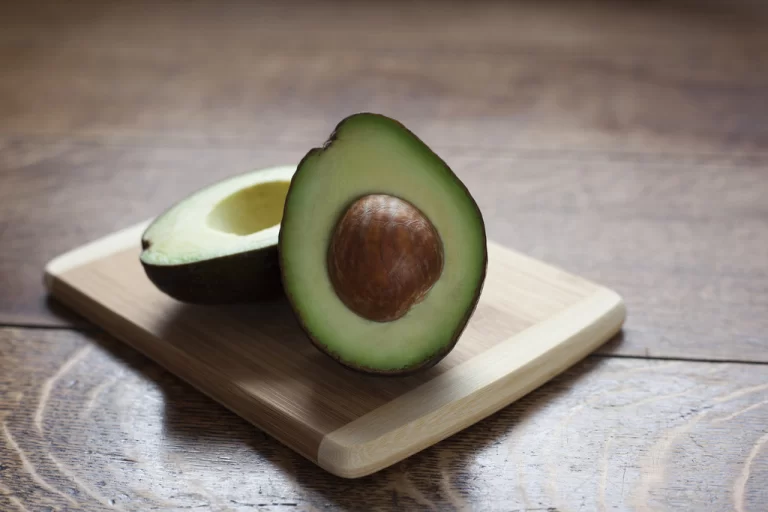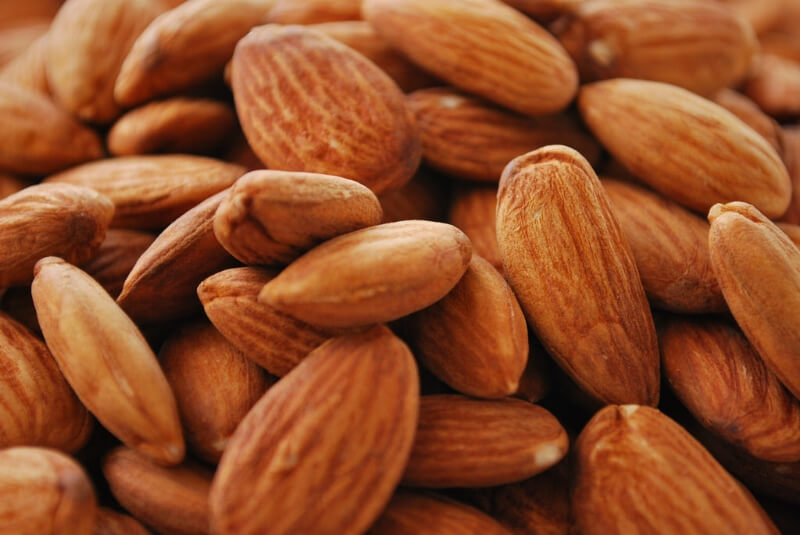The Skin Alphabet – Vitamin E

Continuing with our journey into the skin care alphabet (see Vitamin A and Vitamin B) we now look into Vitamin E, an ingredient essential in repairing and protecting the skin barrier and a powerful antioxidant.
Unsure of any technical words used, please check out our Skin Care Glossary.
What is Vitamin E?
Vitamin E is a powerful fat-soluble vitamin, that is both a nutrient and an antioxidant. Vitamin E can rejuvenate your skin and overall health, while neutralising free radicals that cause damage to cells. Applied topically, it provides intensive nourishment and protection to your skin cells, that can calm and improve a number of skin conditions.
What is the barrier function of the skin?
The skin’s barrier function refers to the outermost layer of skin cells, termed the stratum corneum. The stratum corneum is arranged in a brick like structure, giving the skin strength, durability and protection. The “mortar” that holds the bricks (skin cells) together is made up of lipids and fatty acids.
These lipids minimise trans-epidermal water loss (TEWL), lock in natural moisturising factors and protect your skin from external irritants.
At night time, little holes appear in the mortar. This is a good thing, as it is an excellent time to apply active ingredients such as Retinol and AHAs as they are more readily accepted and absorbed. However, this does mean that water loss is increased putting your skin at risk of dehydration and premature ageing.
Using topical ingredients such as lipids and fatty acids (enter, Vitamin E) that replace the lost lipids in this mortar is essential to seal up your skin and provide it with the hydration it needs to get you through to the morning.
How does Vitamin E work with the skin?
In addition to replenishing the lipid barrier function, Vitamin E gives strength to nerve fibres, feeds nutrients to the skin cells, and encourages cell renewal.
Unfortunately, over time and due to sun damage, our skin’s Vitamin E levels decrease, depleting our natural ability to fight the signs of ageing.
Luckily, we can replenish our Vitamin E storage with topical application. Applied topically, Vitamin E plays a role in lightening pigmentation, and of course providing deep hydration to the skin, restoring skin health, treating dryness and relieving symptoms of dermatitis, eczema, flaking and itching.

What should I look out for on my bottles?
Vitamin E is made up of a group of compounds known as Tocopherols and Tocotrienols (Take note for all of you ingredients-list-readers). There are eight basic forms of Vitamin E, which can be created from a synthetic base, or naturally derived from sources such as vegetable oils or wheat germ.
The most common forms found in cosmeceuticals and supplements are d-alpha-tocopherol, d-alpha-tocopherol acetate, dl-alpha tocopherol, and dl-alpha tocopherol acetate.
You can tell where the Vitamin E ingredient has been sourced from by the prefix. “D” means it was derived from natural sources, and “dl” indicates synthetic production.

I’m taking Vitamin E supplements… is that the same thing?
Eating plenty of wholefoods rich in Vitamin E, or even taking Vitamin E supplements is a great way to get your daily dose of antioxidants. Some foods rich in Vitamin E include wheat germ oil, sunflower seeds, almonds, hazelnut oil, Atlantic salmon, avocado and mango.
While a balanced, nutrient and vitamin rich diet is essential for internal health which is reflected in our skin, unfortunately a lot of those vitamins and minerals get broken down by other important organs before reaching the cells of the skin. This is why topical application of specially formulated actives is so important in order for the skin to reach optimum health and ensure fantastic results.
In the case of Vitamin E, topical application is what seals in the skin’s moisture and repairs the lipid barrier, and essentially puts a protective film over the skin. Therefore orally taking Vitamin E just won’t give your skin all the benefits that it can provide.
Next up in our skin care alphabet for all of you skin nerds is Vitamin K (skipping over a few letters).



